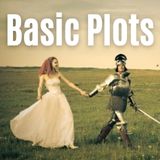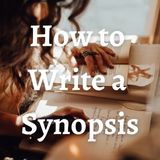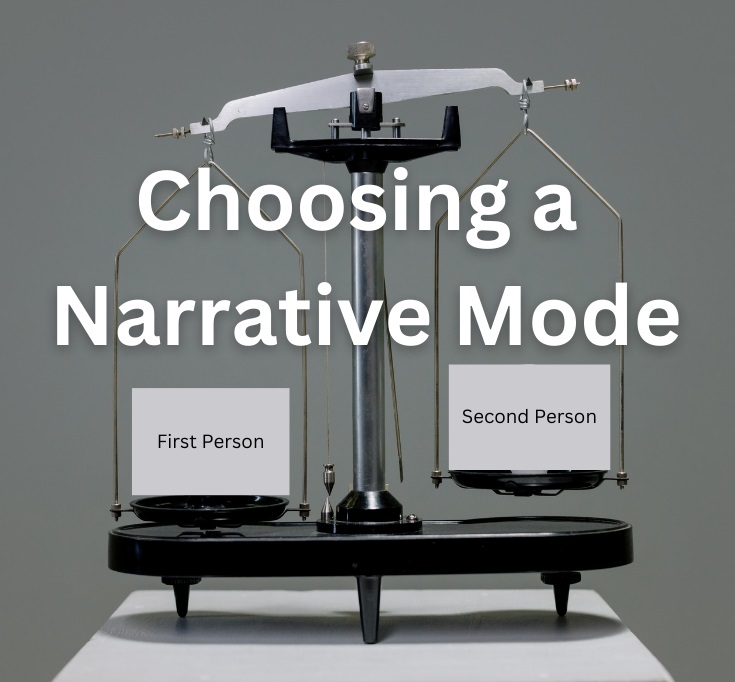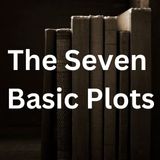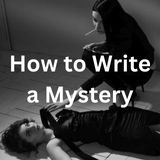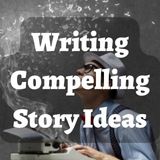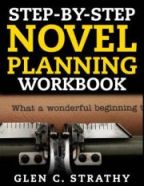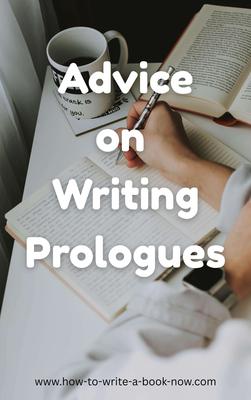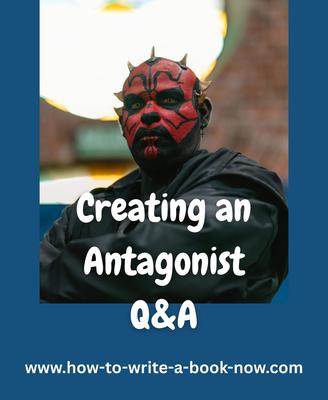Converting the 16 signposts into sequences
Question Actually, my main character isn't the protagonist so the main character, the impact character and the relationship thoroughline are important but not the exact centre of attention. Thus, I find it hard converting the 16 signposts into sequences of events. One in particular is giving me trouble.
Thank you so much.
Answer: Actually, you don't have to convert each signpost into a sequence. That's a technique that helps flesh out a plot, but it's not essential.
Some of the signposts could just be single events.
However, if you want to develop a signpost into a sequence, the easiest way is to create four events that follow this pattern:
setup --> complications --> crisis --> resolution
So that gives you a 4-part sequence. If you were to make each of the 16 signposts into a 4-part sequence, that would give you 64 events -- which is plenty for a novel. But not every signpost needs to be developed the same way.
A signpost could be developed into a 3-event sequence like...
potential for trouble --> conflict --> resolution
You could also make the sequence 6 events or 8 events. For instance, maybe the build to a crisis involves more events as stepping stones.
On the other hand, some writers prefer to simply include the signposts as four key events within an act. I happen to prefer spread them out in the form of sequences because it makes your plot structure really tight.
You have the option of spreading out the signposts into sequences in your overall plot, if that is the prominent throughline in your story, while leaving the signposts from the other throughlines as single events.
If your book is more concerned with theme than plot, Dramatica also allows you to create sequences based on your themes rather than the plot signposts.
It's not my natural style, but basically it involves having two opposing values you want to weigh up, such as self-confidence vs self-doubt.
Then you take two opposite ways of looking at these values, such as objective value vs. subjective worth.
Next you create 6 sequences, one to illustrate each of the following questions:
1. Which is better: self-confidence or self-doubt?
2. What is the objective value of self-confidence?
3. What is the subjective worth of self-confidence?
4. What is the objective value of self-doubt?
5. What is the subjective worth of self-doubt?
6. Which is more important, objective value or subjective worth?
Each of these 6 questions can be explored in a sequence of 3 or 4 events.
This creates a story that is less plot-heavy and more issue-heavy.
It's a matter of personal preference which you choose. Many people find it's too cumbersome to plot a story in this way and would rather trust their instincts in writing the first draft. They might then use all this theory in the revision process, when they are trying to make the plot tighter.
- Home
- Plot Questions
- Converting the 16 signposts into sequences

